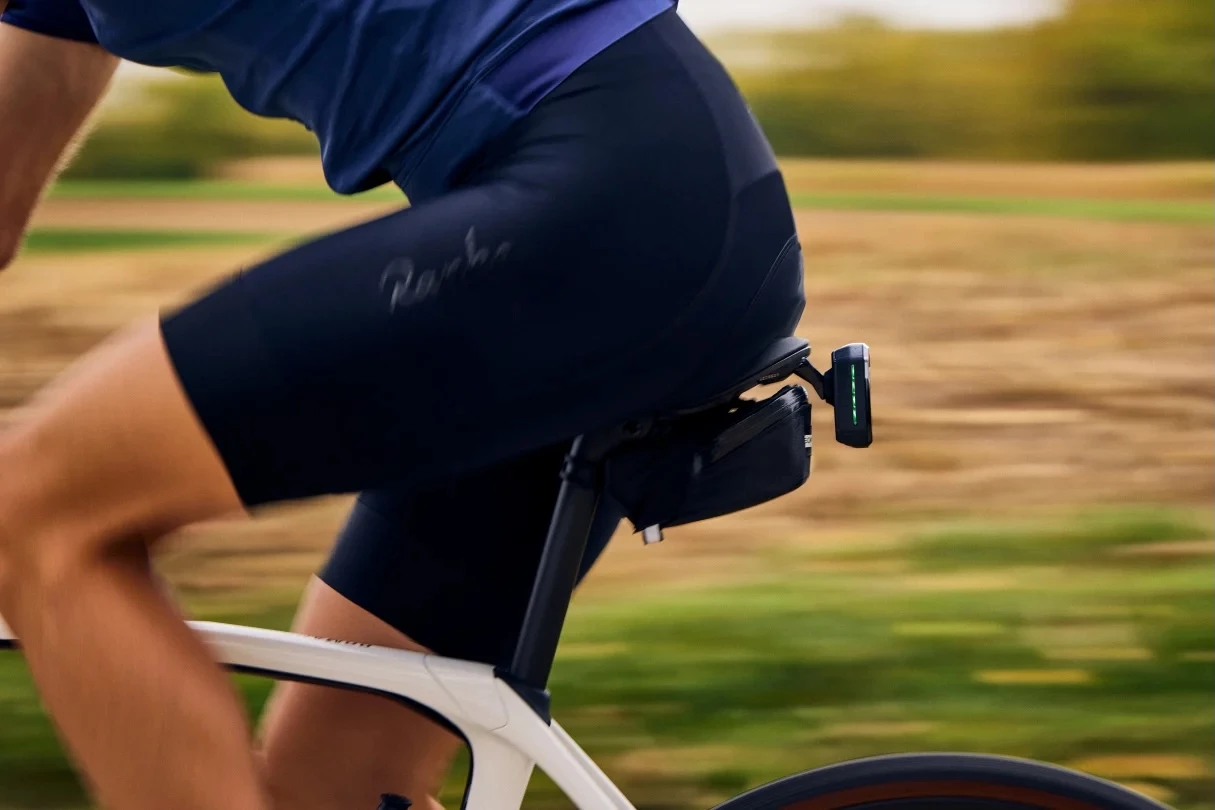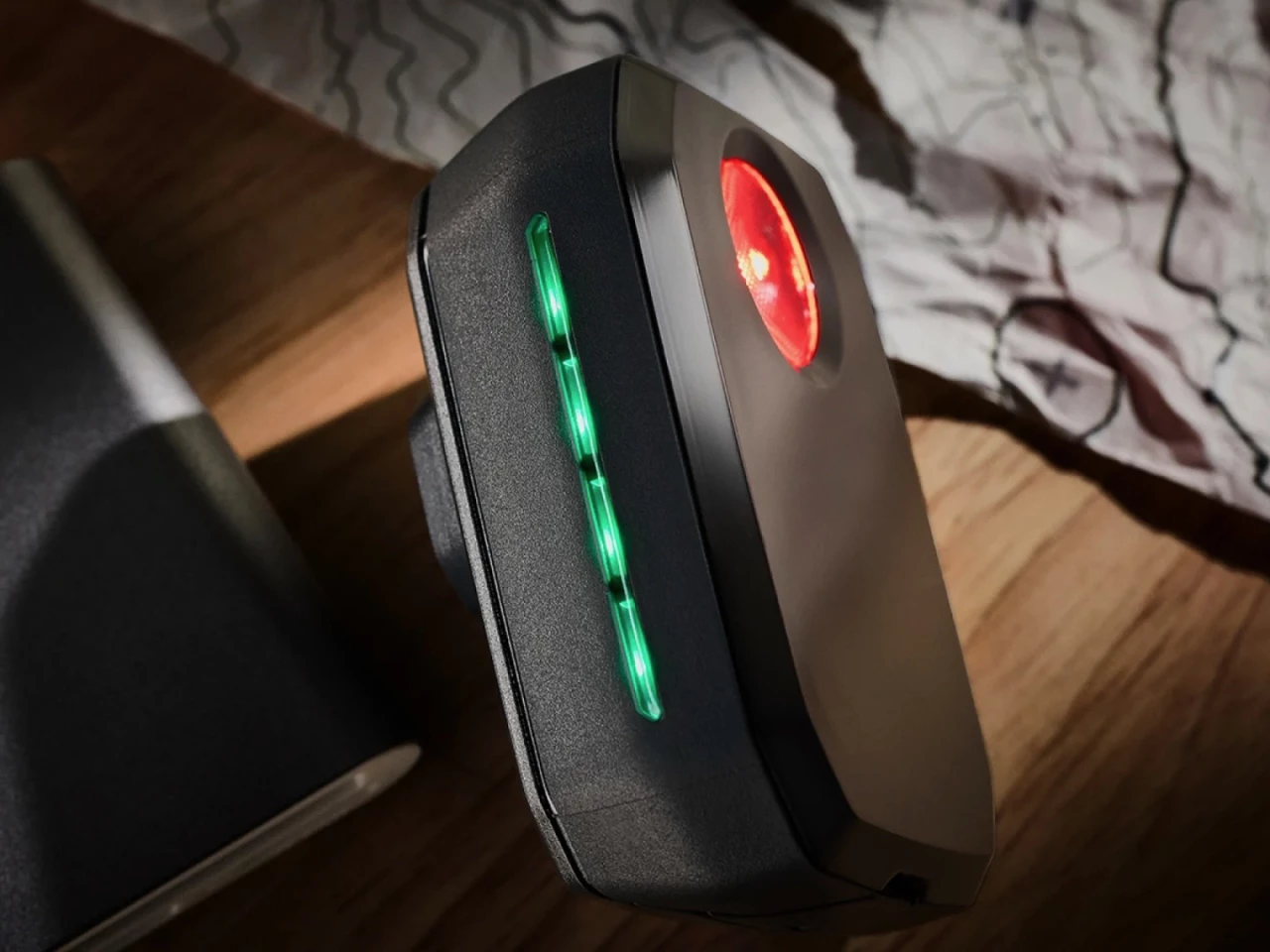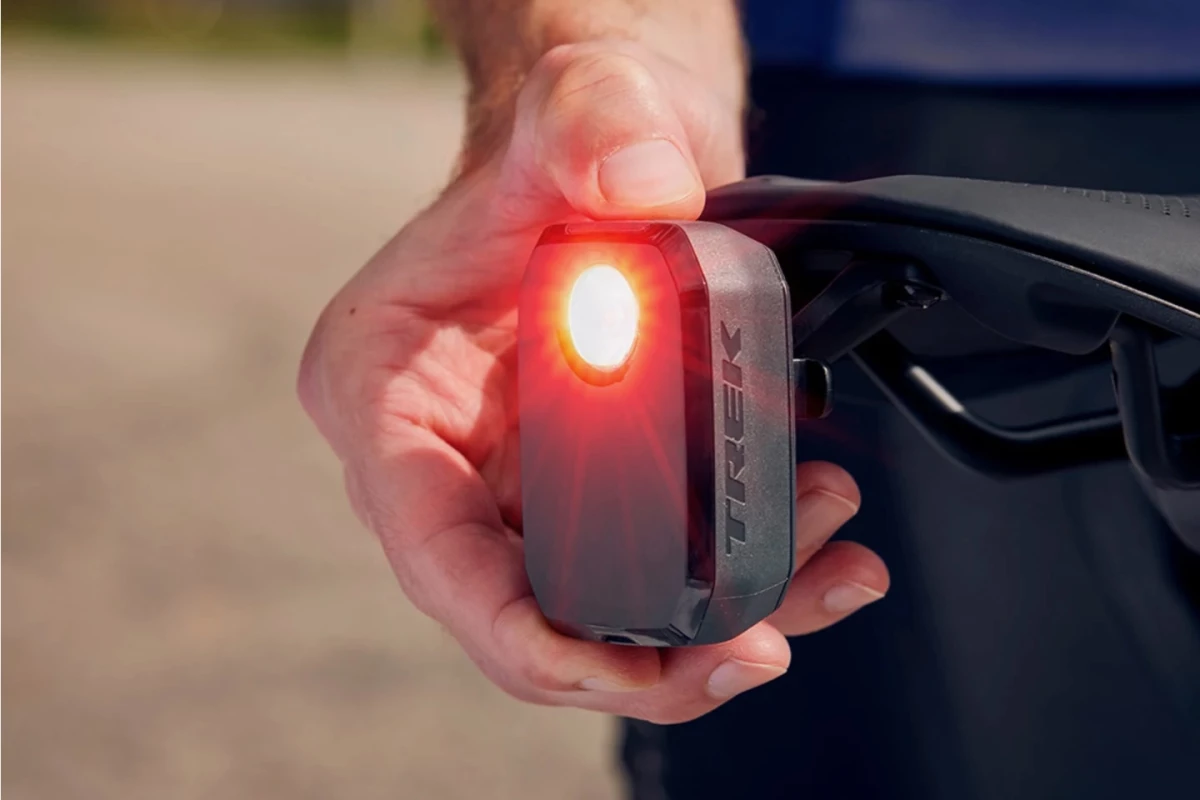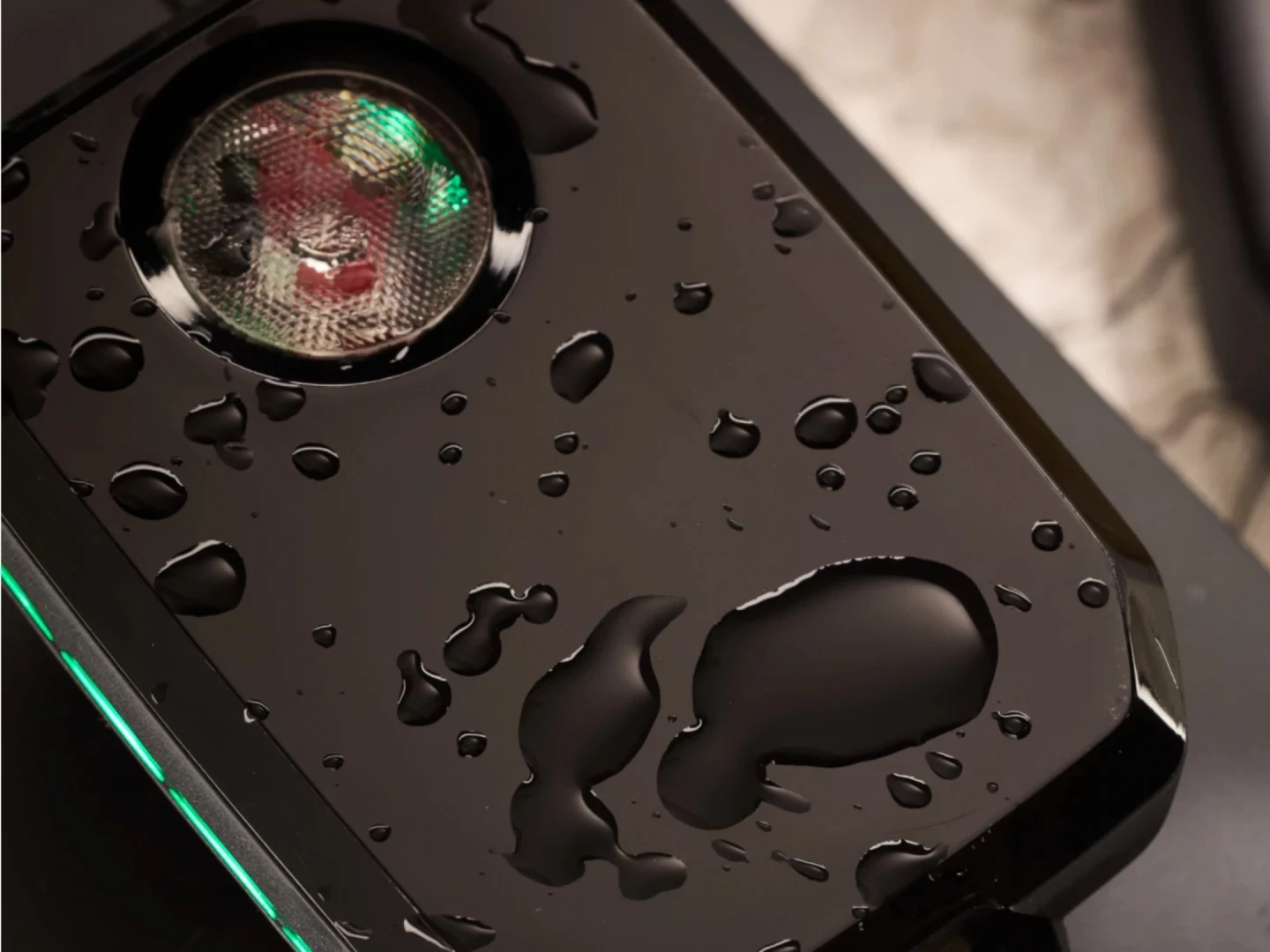If you're worried about being unexpectedly overtaken by cars while you're cycling, Trek's new CarBack may be just the ticket. It's not the only bicycle radar device on the market, but it is claimed to be the best in several ways.
We first heard about the concept of rear-facing radar for bikes back in 2014, with the unveiling of the Backtracker. Just a year later, the technology was licensed to Garmin, which now uses it in the Varia Radar system.
A couple of other manufacturers have come out with their own setups, plus some have built radar systems right into their bikes. Trek, however, is the biggest and best-known company to have gotten on board since Garmin did nine years ago.
CarBack works much like Varia, in that it takes the form of a rear-facing seatpost- or saddle-mounted module that sends out radar pulses which echo off any cars within a set distance behind the bike. The module receives those echoes and analyzes them to determine how far away each vehicle is, and how fast it's closing in.
Users are alerted by an audible alarm on their ANT+ or Bluetooth-paired cycling computer or smartphone, which also provides a visual display on its screen. That display shows how many vehicles are present, how far away they are, and how fast they're closing in.

Most major brands of cycling computers should be compatible, including Wahoo, Hammerhead and (a bit ironically) Garmin. Smartphone users link up with the CarBack via the iOS/Android Trek Accessory App, and if they don't want its display taking over their screen every time a car approaches, then can opt for audio warnings only.
Like the Varia, the CarBack incorporates a tail light. In Trek's case, the company's existing Flare RT fills the role. Reportedly the "best in-class running light," it can be set to four different flashing/output modes, the brightest one pumping out 90 lumens.
Trek also claims that the CarBack has the longest detection range of any bike radar system, topping out at 240 meters (787 ft) as opposed to the Varia's 137 m (449 ft). It's additionally said to gauge distances more accurately, and to be the only system that indicates if cars are staying in their lane or pulling out to pass the cyclist.

The device itself is 70 mm tall, weighs 87 grams, and is IPX7 waterproof (meaning it can withstand being submerged down to 1 meter/3.3 ft for 30 minutes). One four-hour charge of its lithium-polymer battery should be good for seven hours of runtime – a four-bar LED on the side lets users check the charge level.
The Trek CarBack is available now via the company website, priced at US$199.99. It's demonstrated in the video below.
By way of comparison, Garmin's Varia RTL515 also costs $199.99, although the tail-lightless RVR315 model is currently going for just $99.99.






